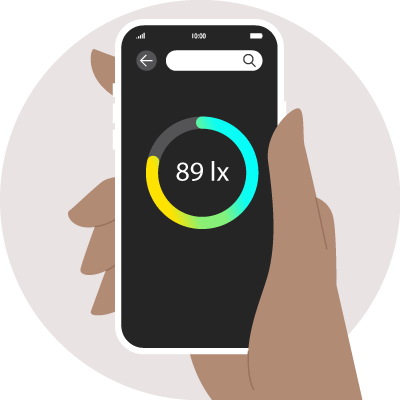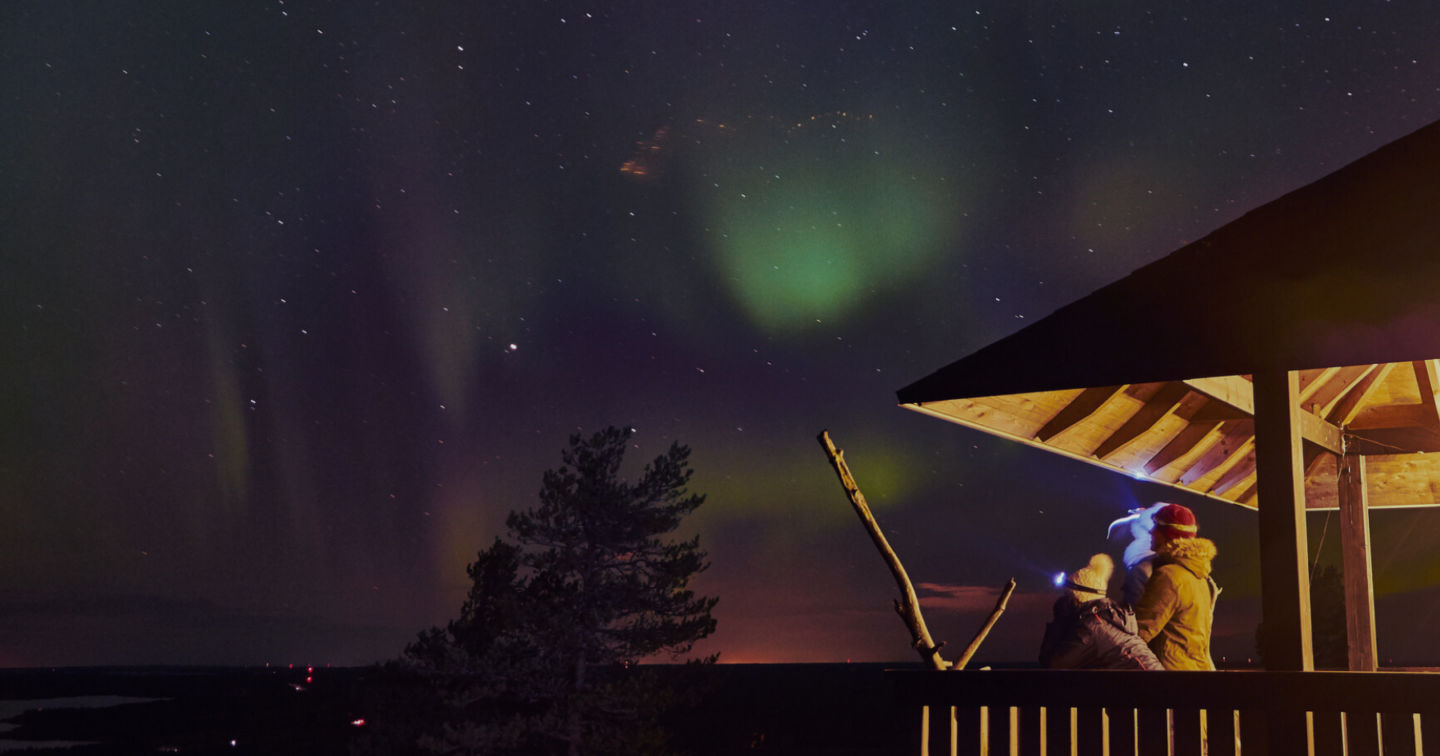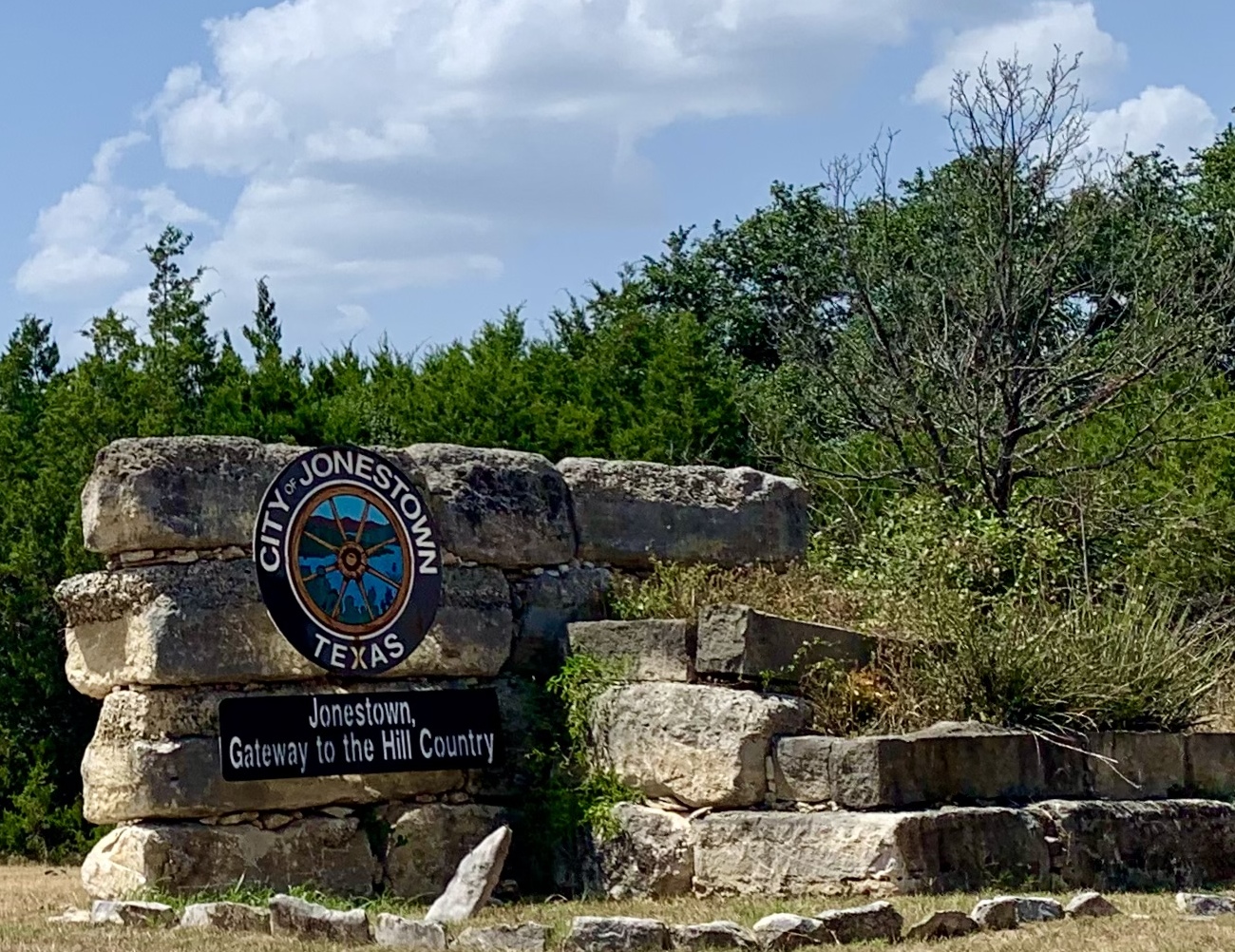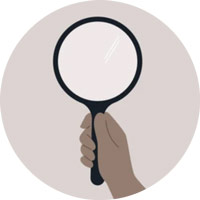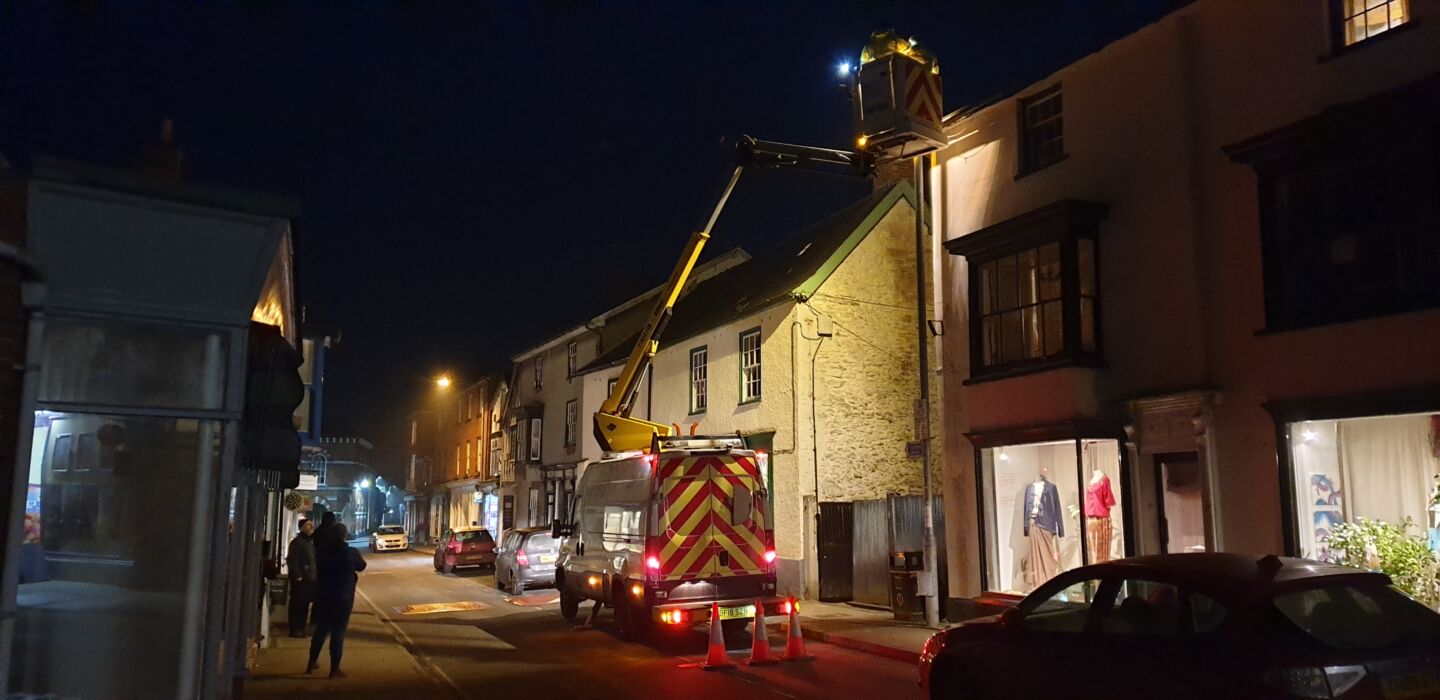
Family activities to enjoy the night from home

In response to the COVID-19 pandemic, families around the world learned to hunker down at home. Here are some great resources to engage in the dark sky movement with your loved ones whether it be in your backyard, through your living room window, or on a computer screen.
Family arts and crafts
- Make your own telescope
- Crosswords, word searches, and a dark sky cootie catcher!
- Stargazing Crafts
- Make your own mini planetarium
Contribute to night sky citizen-science
Familiarize yourself with your night sky and contribute to important citizen-science projects:
- Globe at Night is your go-to international citizen-science program that people can do from their backyards at no cost.
- Dark Sky Citizen Science Program offers three citizen-science programs to measure how light impacts our view of the night sky, as well as three projects to measure the diversity of life on Earth.
- The Satellite Streak Watcher citizen-science programs, also on SciStarter
- Loss of the Night, as well as on a blog on SciStarter
- Dark Sky Meter, the phone app that acts like a sky quality meter.
Virtual tours
Can’t get out into the dark? Check out these options for exploring the night sky with virtual reality:
- Virtual night sky tour in Bryce Canyon International Dark Sky Park.
- View various NASA spacecraft in augmented reality.
- Check out NASA’s Eyes, a downloadable app to explore the solar system.
- Get a Virtual Reality viewer, and download the Google Expeditions app for a selection of virtual field trips such as Fly with NASA’s Juno Mission to Jupiter.
- While you’re at it, explore more than 30 Virtual Field Trips of institutions and landmarks around the world.
Resources for educators
- Check out the U.S. National Park Service’s Night Sky Ranger program.
- Peruse the light pollution education materials from National Geographic.
- Learn to explore space through online telescopes.
- Explore many hands-on activities and videos created for the 2017 total solar eclipse.
- If you have access to a dark night sky, learn how you can see your Venus shadow.
- Take advantage of free training webinars for formal and informal educators that demonstrate how to use NASA’s educational resources.
- Reach out to NASA’s Jet Propulsion Lab’s educational outreach department.
Resources for environmental education
- Explore Home-based and Distance Learning.
- Use these journals from the American Museum of Natural History to teach important observational skills to your young scientists. No matter what the weather or season, you can explore nature with these 11 challenges. See just how good your observation skills are by comparing butterflies, leaves, reptiles, fish, and more. Then record your own observations in a field journal.
Also see
Check out more of DarkSky’s materials for educators.




